Thinking of adopting or getting a puppy but you’re a first-time owner? Bringing home a puppy is an exciting experience and the start of a fulfilling journey - but it’s important you don’t forget to start with training! Dog training is not only important for the development of your puppy, it’s also a great way to form a close bond between yourself and your new pup. Even if you’re intending to send your dog to training school or engage a private trainer, there are some basic training tips that should be done personally by the owner to set the right tone from the beginning. Proper and successful training for dogs from young is key to a well-behaved dog for the rest of his or her life. One follow-up question is then, what if I’m adopting an adult or senior dog? It’s a common misconception that dog training can only be done for puppies. All dogs, regardless of age, can be trained - the older ones just require more time and patience!
In this blog post, we’ll be sharing some basic dog training tips for your newest addition to the family! Of course, don’t be too upset if they don’t work immediately because no two dogs are the same. Some take more time to understand what you’re teaching, and others (especially the older ones) might have their own formed personalities that don’t respond immediately to someone new teaching them new stuff they are not ready to learn yet. Read on to understand what are some important ground rules to set for yourself during training, as well as 4 basic commands to start training with!
Some crucial things to take note of from the start:
- Conduct all training sessions with your dog in a quiet space in your house, so that he or she can focus on the training without any distractions
- Training your dog cannot be done in a single session or even a single day. It is a process that requires regular training sessions that are not too long (we recommend not more than 20 minutes), with regular breaks between to ensure that your pupper doesn’t get too overwhelmed
- Have a bunch of treats prepared for your training sessions; we firmly believe that all dog training should be reward-based. The more your pup likes the reward used, the faster it’ll learn and the more successful each training sesh will be
- End every training session on a positive note (e.g. ending with a trick he’s already mastered, an extra serving of treat) to build up confidence and keep him excited for his next training
- Outside of training sessions, remember to only give out treats when your dog displays obedient behaviour
- Other than using treats, your tone of voice and facial expressions are also equally important! Especially after your dog has lived with you for a few weeks, it gets used to watching your behaviour and listening to your voice on a day-to-day basis. It’s important to praise good behaviour with a happy or cheerful tone, and bad behaviour with a stern and firm tone.
Basic Commands
Sit
- The ‘sit’ command is the most basic, and most important command to start with.
- Dogs typically sit on their own naturally, without command – so the trick is to associate the action with the command word.
- Start with holding a training treat right in front of your dog’s nose.
- Move your hand upwards slowly – your puppy’s head will follow the treat movement, and his butt to lower.
- Once he reaches the sitting position, say “Sit” and give him a treat the moment his butt touches the ground.
- Repeat the ‘sit’ training a few times per day, to reinforce this command into his understanding. Take special note to practice ‘sit’ consistently before mealtime and walks too!
- While it may seem tempting, refrain from physically pushing your pup into the sitting position – this distracts them from the treat and is confusing to them.
Stay
- Start with ‘start’ command after your dog has completely mastered the ‘sit’ command.
- First, ask your dog to ‘sit’. After he’s properly seated, put out an open hand in front of you and say ‘stay’.
- Gradually take a few steps back, and reward him with a treat if he stays in his original position.
- Repeat the action of sitting and walking backwards, with short breaks in between and with increasing distance between you and your dog.
- After your dog has learnt the ‘stay’ action, you can add on to this training by teaching him a release word – this can be something like “OK!” or “Free”
- This release word is meant to keep your dog sitting until you cue him to be released from his spot.
- After your pup is in ‘stay’ position, instead of walking back to him, throw the treat on the floor in front of him – and say your release word at the moment that he moves forward to the treat. Repeat this process until you are able to say the release word before your dog moves.
- ‘Stay’ is a command that tests your dog’s self-control, and it will take puppies and active energetic dogs longer to learn – it’s important that you stay calm while training your dog this command.
Down
- Hold your training treat inside a clenched fist in front of your dog’s nose. When he sniffs your hand, steadily move your hand towards the ground to get him to follow.
- Move your hand along the ground and lightly coax your dog to lay down on the floor
- Once your pup is in the ‘down’ position, say out the ‘down’ command and give him the training treat. It’s important that you only give him the treat if he stays in position. If he gets excited and tries to sit up or chomp at the treat, reset the training and start from the beginning again!
- Just as you shouldn’t push your dog into the ‘sit’ position, you shouldn’t push him into the ‘down’ position either. Instead, use positive encouragement when he does well and patiently restart the training if he is unable to stay down.
- Additionally, for adopted older dogs with past history of mistreatment, training down would be difficult until you fully gain their trust. The ‘down’ position is to them, a naturally submissive posture, so they might not be as open to learning this command! But not to worry, with time and patience - it’ll get better as you build up a stronger relationship and trust with them.
Come
- The ‘come’ command is, in our opinion, trickier than others so it can be combined with the hand gesture towards yourself
- Depending on how obedient your dog is when teaching this command, there are two ways we recommend you go about it.
- The first way is for doggos that are less focused - with a leash. After leashing your dog, squat down with the maximum length of the leash extended, say ‘come’ while gently pulling on the leash with one hand, and gesturing with your other hand. Once he reaches you, reward him with the training treat. Repeat this until your dog comes over to you on command, before taking off the leash and doing the training exercise again.
- For the pups that are calmer and receptive to training, begin with sitting with your dog and saying “Come”. Each time you say “come”, give him a treat. After he’s used to this process, move away from him and drop a treat on the floor near you. Once your dog leaves his original position, use verbal cues such as “good boy/girl!” or “good job!”. Repeat this training until your dog comes over on your cue, before you drop the treat down - and you’re good to go! In subsequent training sessions, try longer distances between you and your pup, before you cue him to ‘come’.
- Just a quick note, often we’ll add in our dog’s name after saying come (e.g. “Come, Charlie!”) - it’s okay to do that occasionally; but repeatedly calling his name together with the command will confuse him easily. It’s better to focus on the command word, and add on the name only when you’re sure your pup understands which is the command, and which is it’s name.
- Additionally, don’t reach out or forcefully grab your pup as he makes his way towards you - as it sends out a confusing message since trainings should be reinforced through positive rewarding. Wait till he has reached you before giving him your affection!
On a final note, we’d just like to remind pawrents that the aim of training is not just to incorporate discipline and obedience in your dog, but also for you to develop a stronger relationship with your furry pal! Make every training session fun and exciting, and we’re sure both you and your pup will enjoy these sessions and look forward to the next one!



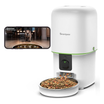


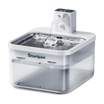
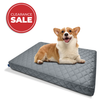







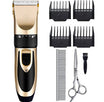
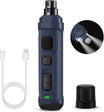
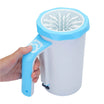




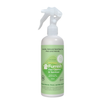




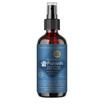

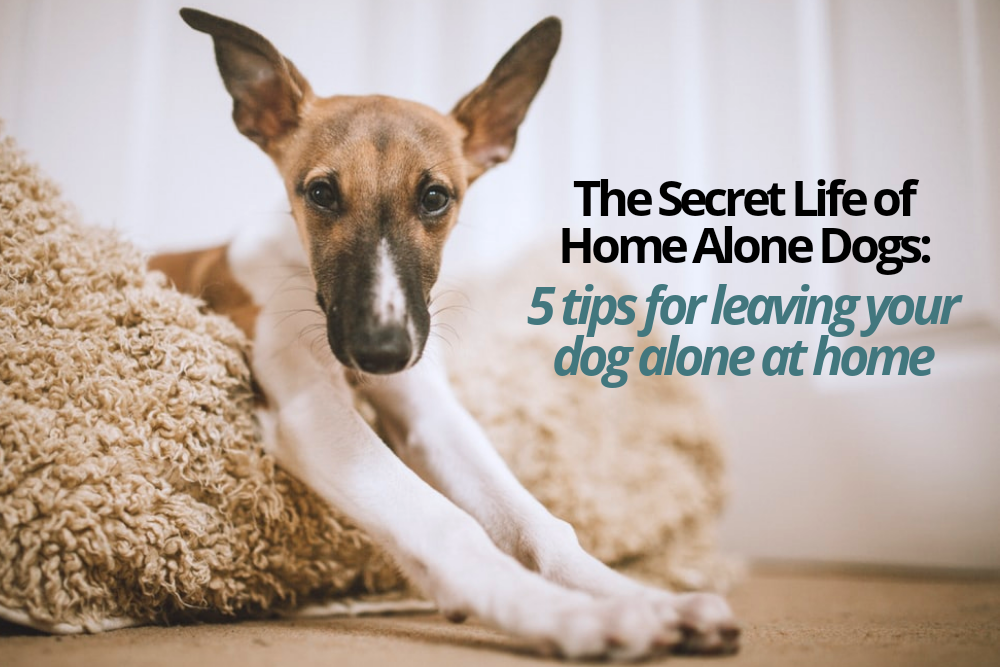


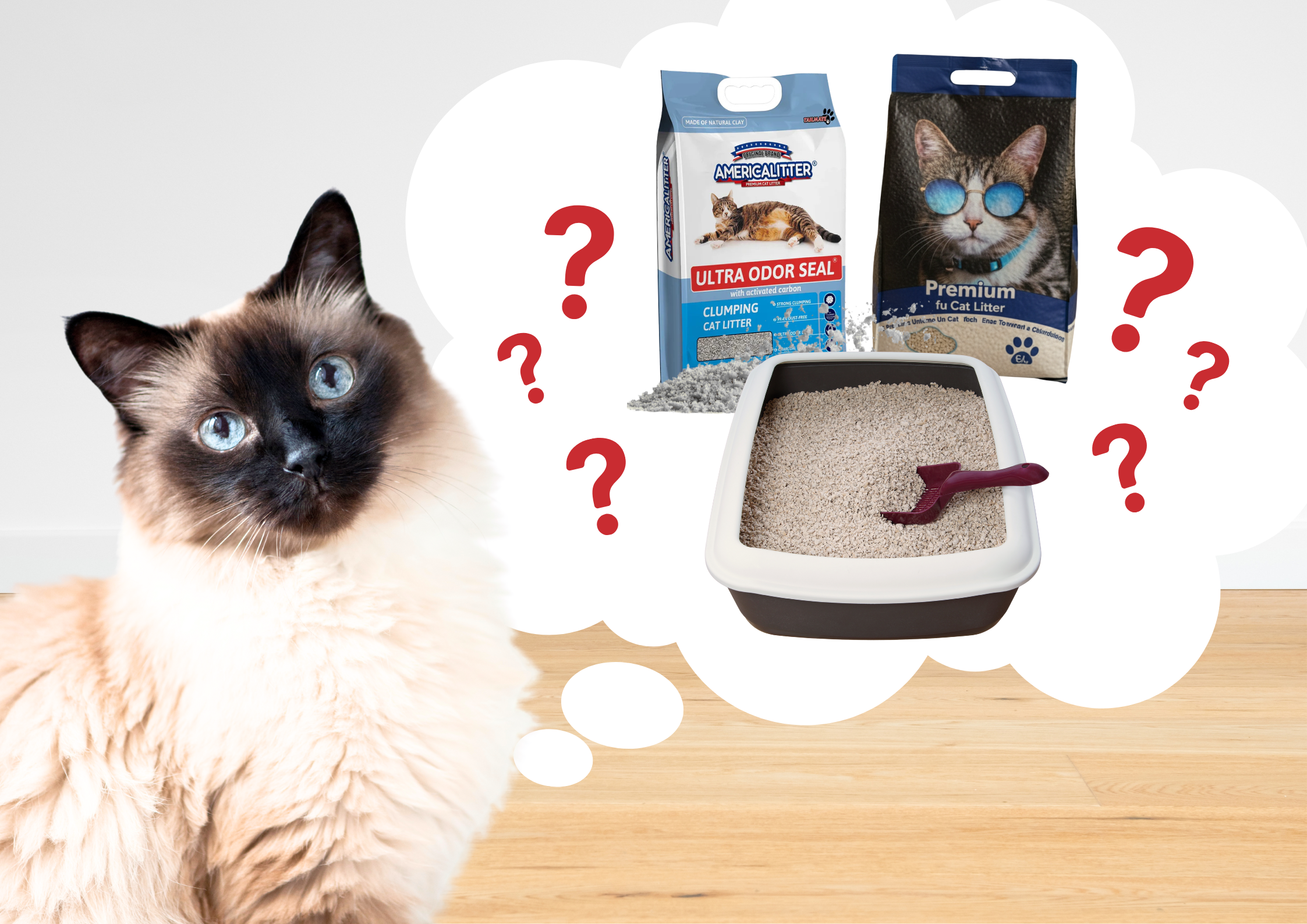
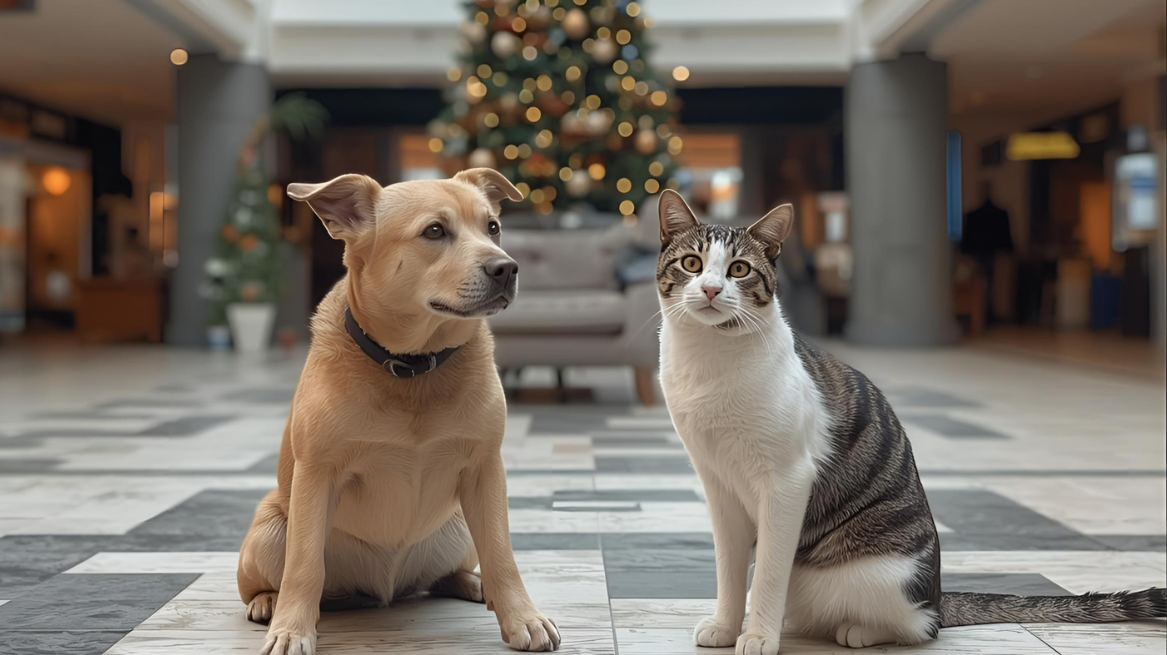

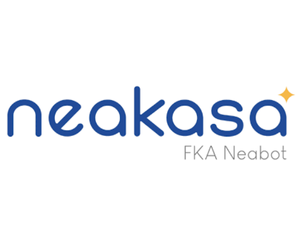
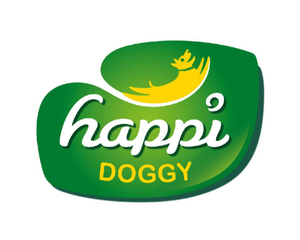






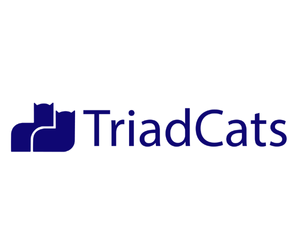




Leave a comment
All comments are moderated before being published.
This site is protected by hCaptcha and the hCaptcha Privacy Policy and Terms of Service apply.